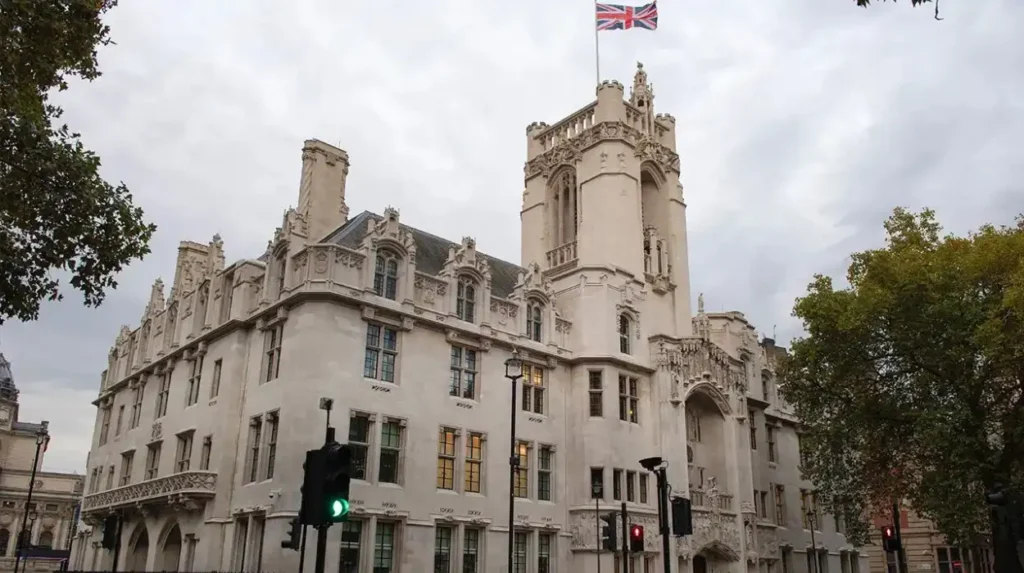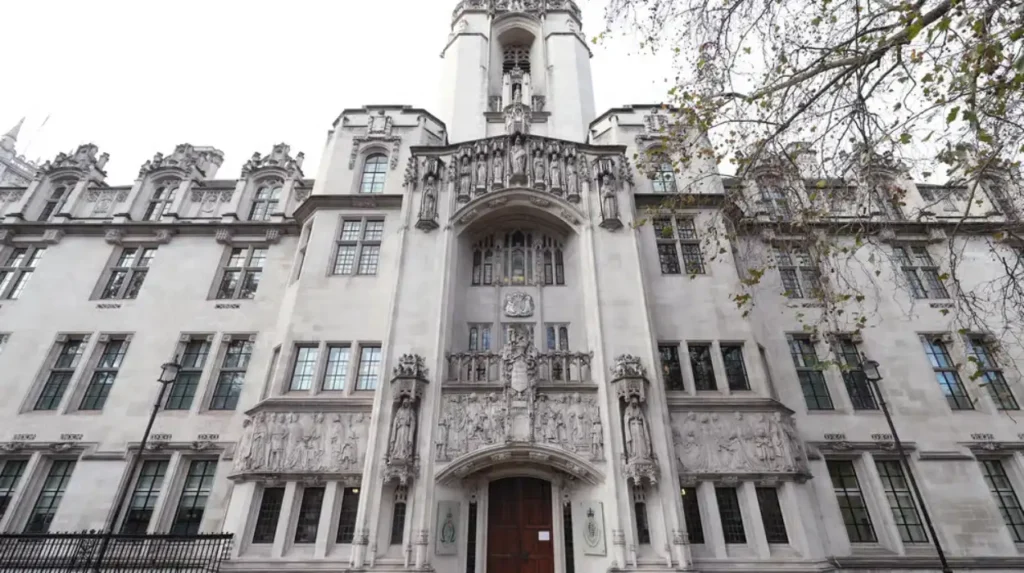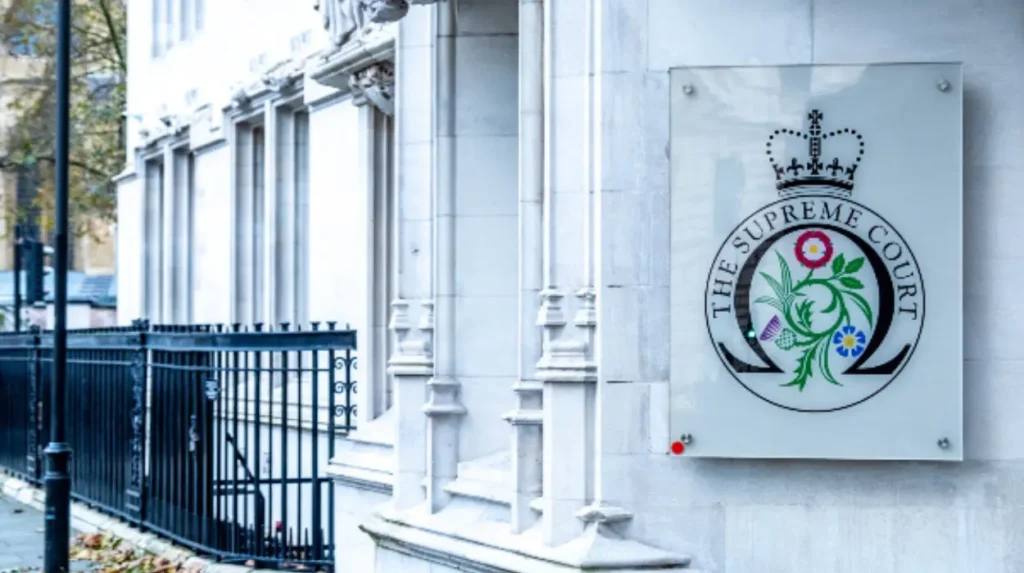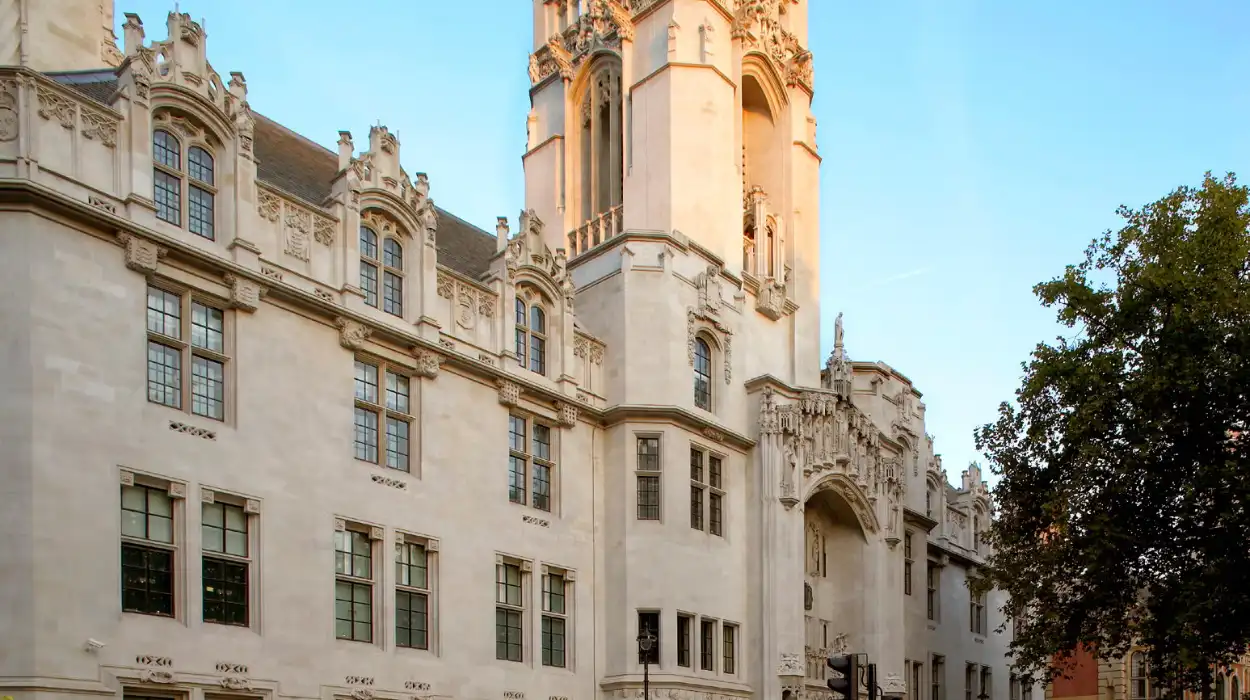The Constitutional Reform Act 2005 was one of the most significant legal reforms in modern British constitutional history. Its purpose was to separate powers between the judiciary, legislation, and executive branch to ensure the government was fair and transparent. Prior to the Act, the UK constitution had poorly defined boundaries of the three institutions, where it was unclear where one institution ended and another began. The act changed the focus of the Lord Chancellor, brought into life the Supreme Court of the United Kingdom, and created the Judicial Appointments Commission. Collectively, this reformed, modernized, and clarified the constitution in a manner consistent with judicial independence.
The Impact on the Role of the Lord Chancellor
The Constitutional Reform Act 2005 readdressed the part of the Lord Chancellor. Historically, the office combined superintendent, judicial, and legislative functions. After the Act, the Lord Chancellor no longer served as the head of the bar or presided over the House of Lords. Rather, the office became primarily political, with liabilities concentrated on the justice system and legal administration.
Strengthening Judicial Independence
By removing judicial functions from the Lord Chancellor, the Act reduced the threat of political hindrance in legal matters. Judges gained lesser independence, which enhanced public confidence in court opinions. This was an essential shift toward aligning the UK with transnational norms of judicial equity.
Creation of the Supreme Court: Separation from the House of Lords
Before 2009, the UK’s highest court of appeal was the House of Lords’ Appellate Committee, where Law Lords also sat as lawmakers. The act created the Supreme Court of the United Kingdom, which officially began work in October 2009. This physical and constitutional separation ended centuries of imbrication between Parliament and the bar.
Enhancing Public Confidence
The Supreme Court gave the public a clearer picture of the bar as an independent body. People could distinguish between Parliament, which makes laws, and courts, which interpret them. This translucency boosted trust in the fairness of judicial opinions.

The changes made by the Constitutional Reform Act 2005
Until 2005, the head of the judiciary was a Cabinet minister, the Lord Chancellor. In an extraordinary breach of separation of powers, he could also sit as a judge in the UK’s highest court. The CRA removed the Lord Chancellor as head of the judiciary, handing that responsibility to the Lord Chief Justice in line with an agreement struck in the Concordat of 2004. The division of powers between the executive and judiciary was further refined in 2008 in a Framework Document for the management of the Courts Service (revised and updated in 2011 to incorporate the Tribunals Service). The CRA also created a new Supreme Court and established the Judicial Appointments Commission.
The new politics of judicial independence are more formal, fragmented, and politicised
The old politics were informal, depending on regular meetings between the Lord Chancellor and senior judges; closed, in that these were virtually the only contacts between the judiciary and the government; and secretive, with both sides preserving each other’s confidences. They were also consensual and conservative, in that neither side wanted to change the system. The ‘new’ politics, by contrast, are much more formal. The CRA required more formal structures and processes to handle the relationships between more separate branches of government. We now have the Judicial Appointments Commission, Judicial Appointments and Conduct Ombudsman, and Judicial Conduct Investigations Office: all products of the CRA.
The new formal processes include regular meetings between the judiciary and other branches of government, with the innovation of six-monthly meetings between the LCJ and Prime Minister, the introduction of regular meetings with senior officials in parliament, and annual appearances by the LCJ and President of the Supreme Court before the Constitution Committee.
The second difference
It is that the new politics are more fragmented. There is less reliance on the Lord Chancellor as the buckle between the judiciary and the government and greater use of alternate channels, such as the Attorney General, Treasury Solicitor, Crown Prosecution Service, and Parliamentary Counsel on the government side, and the Senior Presiding Judge and Senior President of Tribunals for the judiciary.
Judges frequently appear before parliamentary committees as expert witnesses on different areas of the law and how it works in practice. Parliament occasionally provides a forum for helping to resolve major conflicts between the judiciary and executive: examples would be the (most unusual) 2004 Lords Select Committee on the Constitutional Reform Bill and the urgent inquiry by the Constitution Committee in 2007 into the implications for the judiciary of the creation of the new Ministry of Justice.
The Third difference
A third difference is that the new politics can be more highly charged, with more overt conflict. All governments will experience tensions with the judiciary; the difference now is that they are more likely to come out into the open. In 2011, Lord Phillips was critical of the government’s proposed budget for the Supreme Court, of which he was president. A year later, Lord Chancellor Chris Grayling signaled his wish to ‘draw blood’ in negotiating changes to judicial pensions.
The fourth difference
A fourth difference, flowing from all these factors, is that judges have greater visibility and exposure. They give press conferences and issue press releases, supported by the new Judicial Communications Office. The LCJ issues periodic reports and holds annual press conferences. With the Lord Chancellor no longer able to speak for them, judges must be more ready to speak for themselves.
Some things remain unchanged. The new politics still depends on informal channels and contacts between government and judiciary, relying heavily on personalities to help smooth out conflicts and to negotiate compromises.

Have the changes strengthened or weakened judicial accountability?
Our research looked at the impact of the 2005 changes on the accountability of the judiciary, as well as their independence. They are often two sides of the same coin: the judiciary needs a high degree of independence, but if they are allowed to be too independent, they may become insufficiently accountable. Accountability involves two main forms: giving an account (narrative or explanatory accountability) and being held to account (culpable or sacrificial accountability). What we found is that accountability has become stronger in both senses.

Much judicial business that was previously conducted behind closed doors is now out in the open. This is not just a result of the 2005 changes but results from wider initiatives to make government departments and agencies more open and accountable. We now have annual reports from the Ministry of Justice, HM Courts and Tribunals Service, the Judicial Appointments Commission, the Office for Judicial Complaints, and the Judicial Appointments and Conduct Ombudsman, plus the annual Judicial and Court Statistics.
Our research recorded the growing accountability of the judiciary to parliament, with 148 appearances by 72 judges before 16 different committees between 2003 and 2013. This is mainly explanatory accountability: it involves judges appearing as expert witnesses to explain how the system works in practice.


